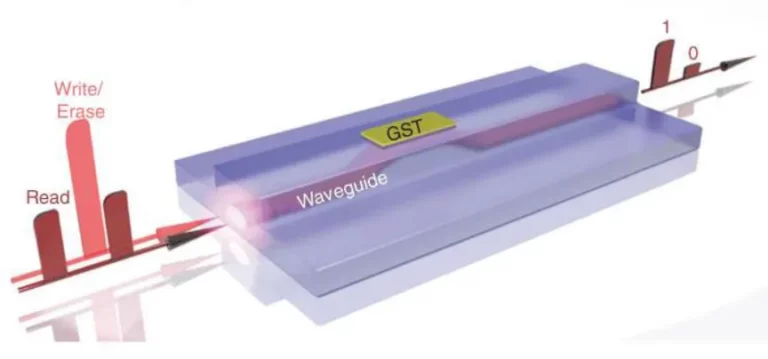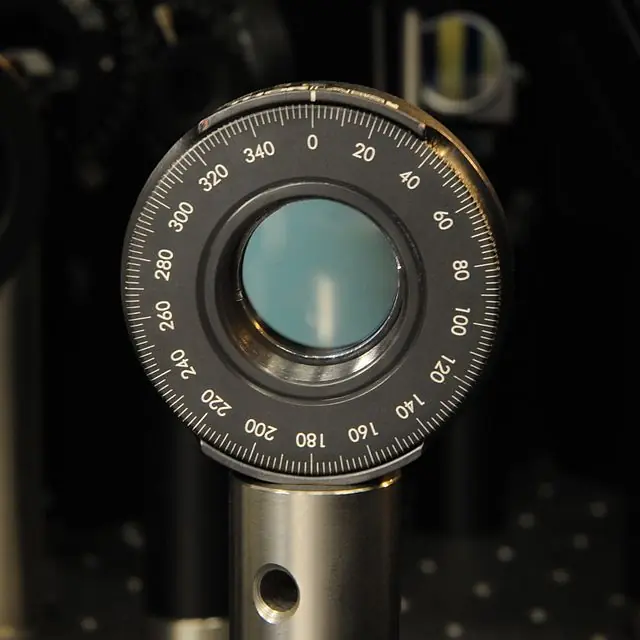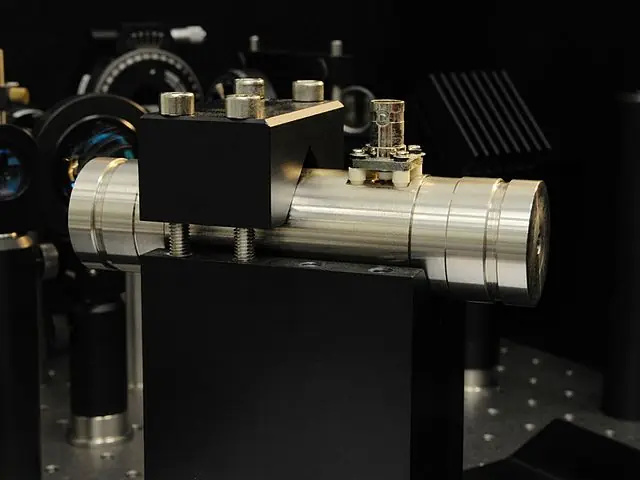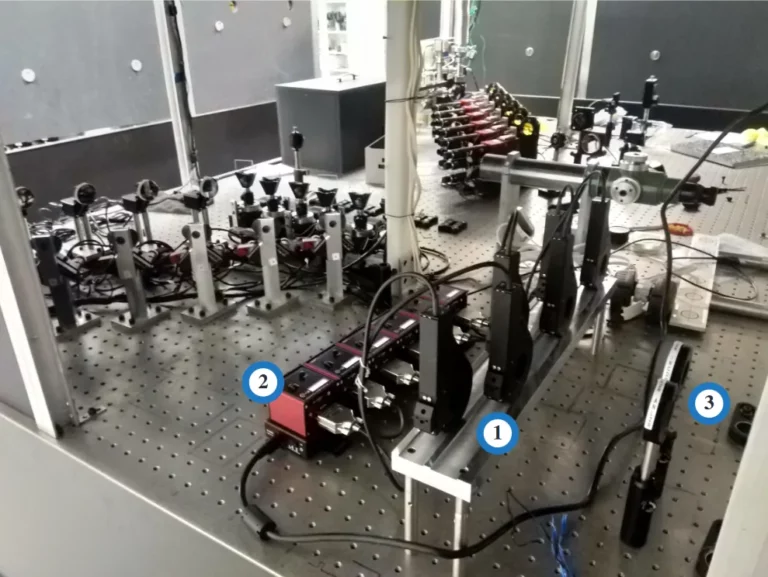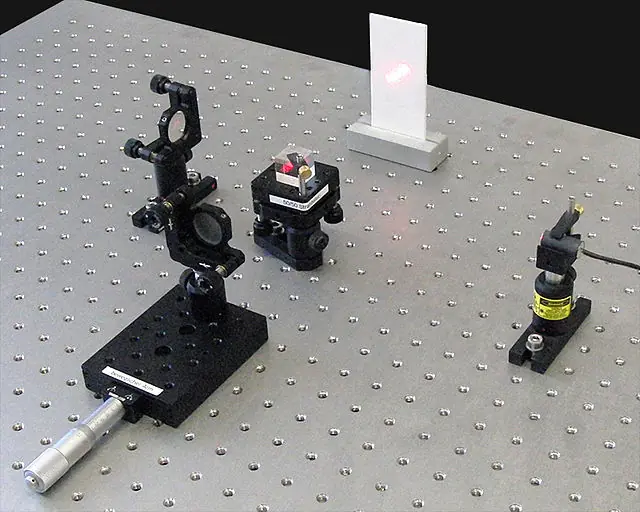Non-Linear Optics
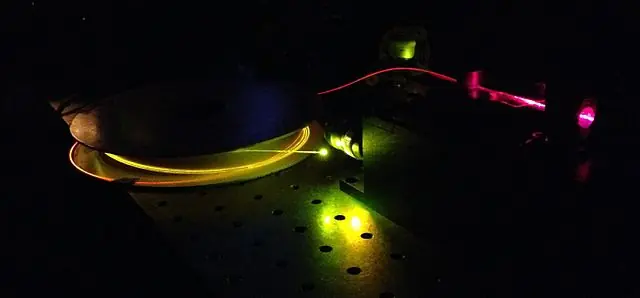
Non-linear optics is a branch of optics that deals with the study of the non-linear response of materials to electromagnetic fields. It is a highly complex field that involves the study of the interaction between light and matter, and the ways in which the behavior of light can be altered or controlled through the use of various materials and techniques.
The fundamental concept behind non-linear optics is the interaction between light and matter, which can be described using the principles of quantum mechanics. When light interacts with matter, it can cause the electrons in the material to become excited and move to higher energy levels. This process is known as absorption, and it is the basis for many of the phenomena studied in non-linear optics.
One of the key areas of research in non-linear optics is the study of second-harmonic generation (SHG), which is the process by which light at one frequency is converted into light at a higher frequency. This process is known as frequency doubling, and it is achieved through the use of non-linear materials such as crystals or gases.
Another important area of study in non-linear optics is the phenomenon of self-focusing, in which the intensity of a beam of light can be focused to a much smaller spot size than would be possible with a linear medium. This effect is used in a variety of applications, including laser surgery and laser printing.
Overall, non-linear optics is a fascinating field that has led to many important discoveries and applications in a variety of areas, including communications, medicine, and materials science. It continues to be an active area of research, with new discoveries and applications being made every year.

